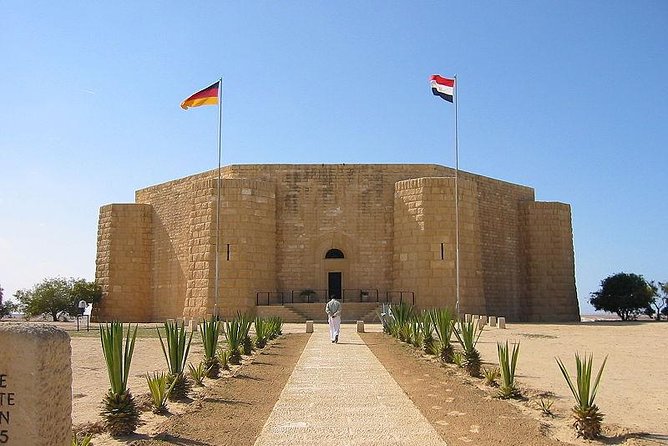
Introduction to the Enchantment of Alamein
Significance of Alamein in Egyptian History
Alamein, a name that evokes tales of valor and sacrifice, stands as a monumental landmark in Egyptian history. It was the site of pivotal battles, notably during World War II, where Allied forces faced significant challenges against Axis powers. The memories of these confrontations resonate throughout the region, making it a profound symbol of courage and resilience.When I first arrived in Alamein, I could almost hear the echoes of history whispering through the sands, reminding us of the collective sacrifice made by many. It’s not just a destination; it’s a canvas of human experiences, etched with stories of bravery.
Overview of the Museum’s Purpose
The Alamein Museum serves as a guardian of these incredible narratives, offering visitors an immersive journey through time. Its purpose is multi-faceted:
- Preservation of History: The museum meticulously curates artifacts from different eras, ensuring that every piece tells a story.
- Educational Resource: It provides an educational platform for people of all ages to understand the significance of historical events.
- Cultural Exchange: By showcasing a diverse range of exhibits, the museum fosters a dialogue about Egypt’s rich cultural heritage.
Walking through its halls, I felt a surge of pride learning about the triumphs and tribulations that shaped not only Egypt but the world. It is a reminder that understanding our past is essential for shaping our future.

A Journey Through Time at Alamein Museum
The Architecture and Design of the Museum
As I stepped into the Alamein Museum, I was immediately captivated by its modern architecture that harmoniously blends with the historical context around it. The design is not only visually striking but also functional, guiding visitors seamlessly through different exhibit areas. Key features of the museum include:
- Spacious Galleries: Each gallery is thoughtfully curated, allowing for an immersive experience that encourages exploration.
- Natural Light: Large windows bathe the exhibits in natural sunlight, enhancing the beauty of the artifacts within.
- Sustainable Materials: The use of local materials reflects a commitment to the environment and the cultural heritage of the region.
The Experience of Walking Through History
Walking through the museum is like traversing an elaborate tapestry of time. Every corner I turned unveiled new stories beckoning for attention. The ambiance was filled with reverence, and I felt an extraordinary connection to the past:
- Guided Audio Tours: These provided insightful commentary that enriched my understanding of each exhibit.
- Interactive Exhibits: Engaging installations invited visitors to immerse themselves further, blending education with entertainment.
It was an exhilarating experience that left me longing to uncover more layers of our shared history. Each display brought to life the emotions and aspirations of those who walked this land before us.

Ancient Artifacts and Their Stories
Displays of Ancient Tools and Weapons
Stepping into the section dedicated to ancient tools and weapons at the Alamein Museum was like entering a time capsule. Each artifact held a story of its own, whispering secrets of civilizations long past. I remember encountering:
- Intricate Swords: Carved with stunning detail, showcasing the artistry and craftsmanship of ancient metalworkers.
- Heavy Armor: These pieces not only defended warriors but also told tales of valor and battles fought on this land.
It struck me how each weapon encapsulated not just function but also the cultural symbolism that defined their era.
Insights into Daily Life in Ancient Egypt
Continuing my exploration, I was pulled into a fascinating display that offered a glimpse into the daily lives of ancient Egyptians. Here, relics revealed the rhythms of life, like:
- Cooking Utensils: Simple pots and tools that spoke of the meals shared among families.
- Household Artifacts: Items such as woven baskets and pottery echoed the daily routines and traditions.
As I observed these artifacts, I felt connected to the people of the past, understanding their daily struggles and joys. It was a profound reminder that history is not just dates and events; it is the human experience, rich and vibrant through time.

The Military Heritage Exhibits
Armor and Weapons from Historical Battles
Moving deeper into the Alamein Museum, I found myself enthralled by the military heritage exhibits. The displays of armor and weapons from historical battles were incredibly striking.
- Intricate Armor: Each piece was a testament to the craftsmanship that went into protecting warriors throughout the ages.
- Legendary Weapons: Swords and spears, some still bearing the battle scars of history, told stories of courage and resilience.
Each artifact encapsulated a moment in time, stirring a profound respect for those who fought valiant battles on this land.
The Role of Alamein in World War II
The museum’s section on World War II transported me to a critical chapter in history. Alamein played a pivotal role during this conflict, particularly in the Northwest African Campaign.
- Detailed Displays: Authentic military uniforms and equipment provided insights into the lives of soldiers during those turbulent times.
- Historical Renders: Maps detailing strategic movements of troops painted a vivid picture of the intense battles that shaped the course of the war.
I could feel the tension in the air as I absorbed the weight of those moments, enhancing my appreciation for the sacrifices made during this significant period. Each exhibit highlighted the bravery that resonated far beyond the battlefield, making history tangible and relatable.

The Mummies and Their Mysteries
Exploration of the Mummification Process
Entering the Mummy Exhibit at the Alamein Museum was like stepping into a sacred circle of ancient traditions. The display explained the intricate mummification process that the Egyptians mastered thousands of years ago, fascinating me with its details:
- Embalming Techniques: The use of natron to desiccate the body was a remarkable highlight that preserved physical attributes for eternity.
- Sacred Rituals: Each step was characterized by rituals meant to honor the deceased and prepare them for the afterlife.
I was genuinely moved, contemplating how much care and reverence went into each process.
Significance of Mummies in Ancient Egyptian Beliefs
The mummies stood as powerful symbols of Ancient Egyptian beliefs in the afterlife. I learned how they were not merely bodies but vessels for the soul. Key insights included:
- Journey to the Afterlife: With every mummy, a story unfolded about their journey to a new world, highlighting the importance of spiritual existence.
- Cultural Identity: Mummies reflected a society that valued continuity and legacy, reminding me of their deep connection to their ancestral roots.
Reflecting on their stories, I felt a profound connection to these ancient individuals, realizing that their lives still resonate with us today.
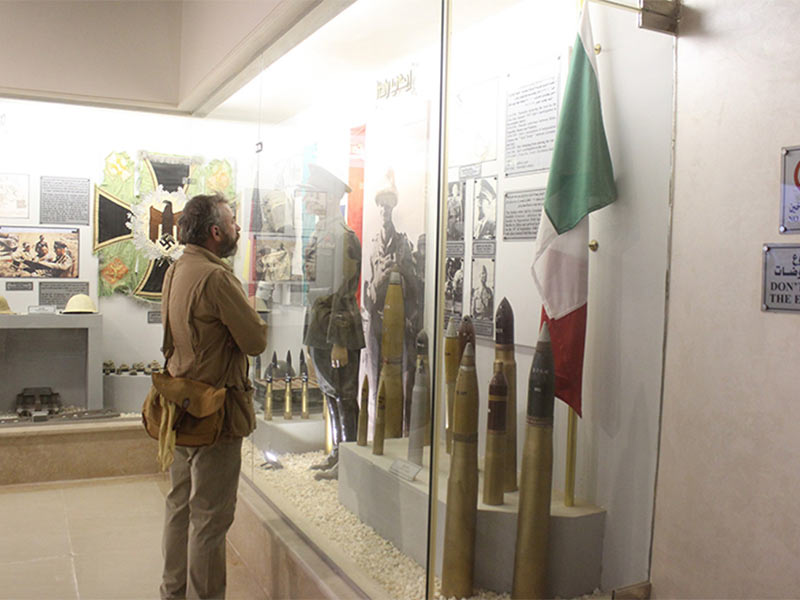
Exhibits Dedicated to World War II
The Battle of Alamein: A Historic Overview
Stepping into the dedicated World War II exhibits at the Alamein Museum, I was immediately drawn into the gripping history surrounding the Battle of Alamein. This battle marked a significant turning point in the North African Campaign and is illustrated powerfully through:
- Authentic Artifacts: Weapons and uniforms display the harsh realities faced by soldiers.
- Detailed Maps: These maps vividly illustrate troop movements and strategies that defined the battle’s outcome.
Witnessing these pieces of history intensified my appreciation for the sacrifices made during this crucial moment in time.
Personal Stories of Soldiers and Civilians
As I delved deeper into the exhibits, the focus shifted to the personal stories of soldiers and civilians—stories that transformed the battle from mere dates and strategies into a tapestry of human experience. Highlights included:
- Letters and Diaries: Artifacts like personal letters brought to life the emotions, fears, and hopes of those involved.
- Photographic Displays: Images capturing both the chaos of battle and the resilience of civilian life painted a poignant picture of wartime reality.
These narratives reminded me that beyond the battlefield, real lives were affected, forging connections that endure to this day. It struck me how essential it is to honor and remember these sacrifices as part of our shared history.
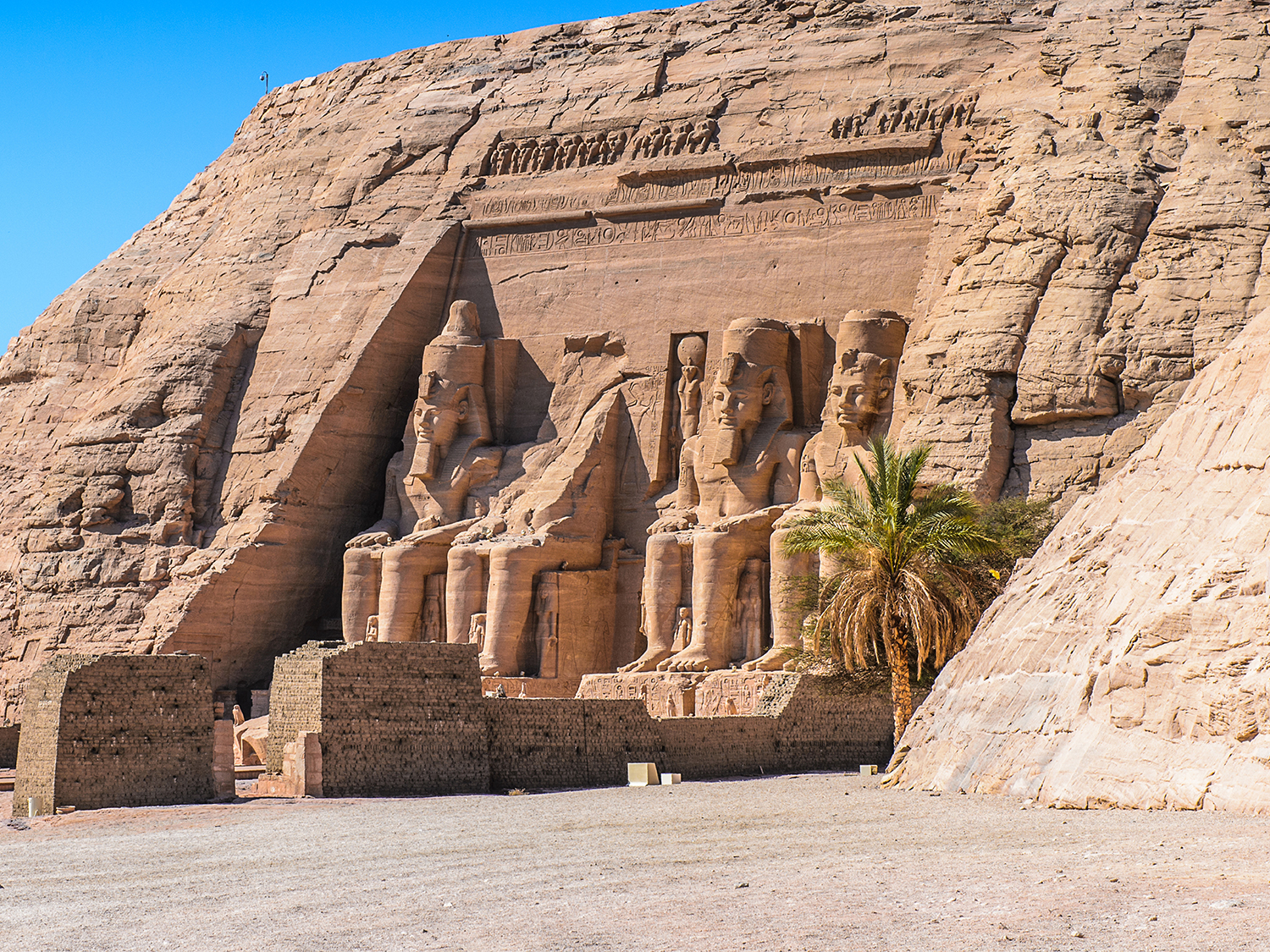
The Art and Culture of Ancient Egypt
The Exhibition of Ancient Egyptian Art
As I explored further into the museum, the exhibition dedicated to Ancient Egyptian art was nothing short of breathtaking. Each artifact seemed to resonate with the power of creation and creativity that characterized this remarkable civilization. I encountered:
- Intricate Sculptures: Beautifully crafted representations of gods and pharaohs that spoke volumes about their aspirations.
- Vibrant Wall Paintings: These detailed murals illustrated scenes from daily life, infusing color and life into ancient stories.
It was an enlightening experience to see how art breathed life into historical narratives, connecting me to the culture of Egypt centuries ago.
The Influence of Religion on Artistic Expression
Moving through the next section, I discovered how deeply intertwined religion was with artistic expression in ancient Egypt. Religion inspired countless artworks, and this was evident in:
- Sacred Symbols: Artwork filled with imagery of gods and goddesses, underlining the Egyptians’ reverence and belief system.
- Ritual Items: These pieces, often adorned with religious motifs, showcased their purposeful designs for worship and ceremonies.
Understanding this connection between faith and creativity really enriched my appreciation for the culture, revealing how art served as a conduit for spiritual expression, shaping both daily life and the divine.
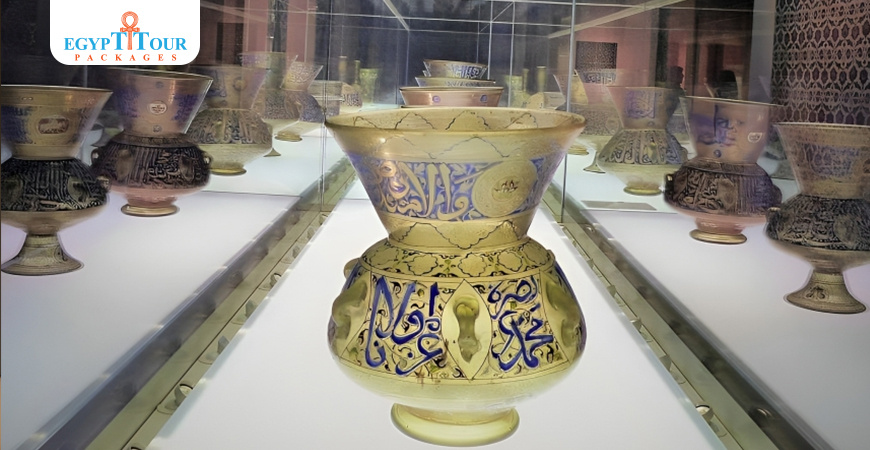
The Islamic Art Section
The Beauty of Islamic Architecture
Stepping into the Islamic Art section of the Alamein Museum was like diving into a world of intricate designs and captivating aesthetics. The beauty of Islamic architecture was on full display, blending function and artistry seamlessly:
- Stunning Domes: Each dome captivated with its geometric patterns and elaborate tile work, reflecting a deep appreciation for symmetry.
- Intricate Mashrabiya: The wooden lattice screens showcased the skillful craftsmanship that allowed light to filter in while ensuring privacy.
Walking through this section, I could almost feel the whispers of history, as each structure told tales of devotion and cultural expression across centuries.
The Evolution of Calligraphy and Manuscripts
In the next part of the exhibit, I was mesmerized by the evolution of Islamic calligraphy and manuscripts. This art form, revered for its beauty, held a deeper significance in Islamic culture, including:
- Diverse Styles: From the fluidity of Diwani to the elegance of Naskh, each style brought a unique character to the written word.
- Illuminated Manuscripts: These pieces, often adorned with gold and vibrant colors, were a testament to the importance of literature and knowledge in Islamic society.
The painstaking detail and craftsmanship involved in the manuscripts left me in awe, highlighting how calligraphy transcended mere writing to become an esteemed art form, tying people to their faith and heritage.
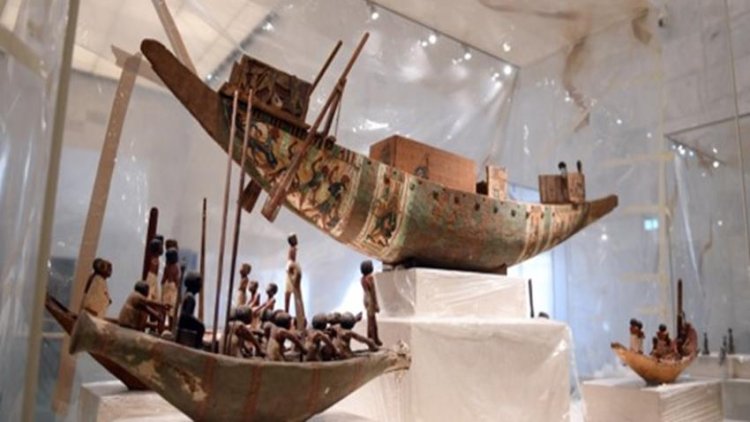
Naval History and Maritime Exhibits
Artifacts from Maritime Conflicts
As I ventured into the section dedicated to naval history, I was immediately captivated by the array of artifacts showcasing maritime conflicts. Each piece had its own story to tell, reflecting the challenges faced on the sea:
- Naval Weapons: From ancient harpoons to cannons, these tools of war illustrated the evolution of naval military capabilities.
- Shipwreck Relics: Items salvaged from sunken vessels evoked a profound sense of adventure and mystery, connecting me to the sailors who navigated treacherous waters.
Standing amongst these artifacts, I could almost hear the waves crashing, feeling the urgency and bravery of those who dared to set sail.
The Evolution of Naval Warfare in Egypt
In the next area, I delved into the evolution of naval warfare throughout Egypt’s rich history. It was fascinating to see how maritime strategy developed over centuries, including:
- Changing Tactics: Exhibits highlighted significant shifts from traditional oared ships to more modern naval vessels equipped for combat.
- Cultural Significance: I learned how naval power played a crucial role not just in warfare, but also in trade and diplomacy, shaping Egypt’s connections with the world.
This exploration illuminated the vital role of the sea in Egyptian history, and I left with a deeper understanding of how maritime forces helped forge the nation’s identity.
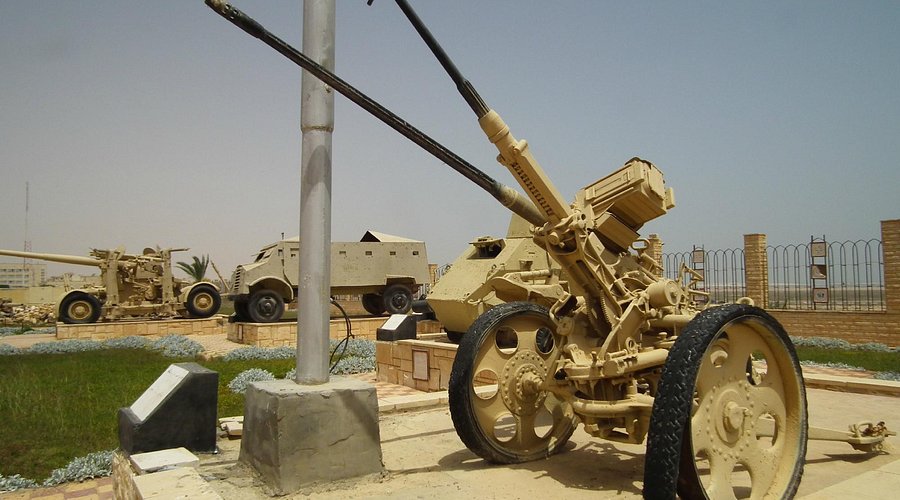
Interactive Displays and Educational Programs
Educational Tours and Workshops
After soaking in the rich history of the Alamein Museum, I was thrilled to discover the various educational tours and workshops offered. These programs are designed to deepen visitors’ understanding and appreciation of Egypt’s heritage. Highlights included:
- Guided Tours: Knowledgeable guides brought exhibits to life with fascinating stories, enhancing my experience.
- Hands-On Workshops: Participating in pottery and calligraphy workshops allowed me to connect with traditions that have existed for centuries.
These interactive learning opportunities made my visit even more memorable, transforming passive observation into engaging exploration.
Engaging Activities for Visitors
Moreover, the museum offered a range of engaging activities tailored to visitors of all ages. I noticed several families enjoying themselves with:
- Interactive Exhibits: These displays encouraged hands-on participation, making history accessible and fun for kids.
- Family Programs: Special events on weekends featured storytelling sessions that captured the essence of Egyptian lore in captivating ways.
I found these activities not only entertaining but also a meaningful way to ignite curiosity about history, making everyone feel part of the ongoing narrative of Egypt’s past.
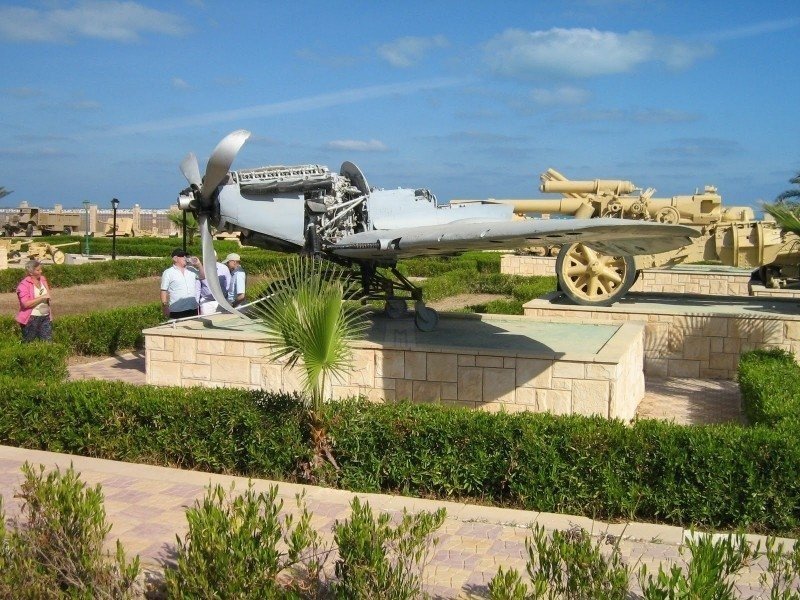
Visitor Experience and Amenities
Facilities Available for Tourists
After immersing myself in the captivating exhibits at the Alamein Museum, I was pleased to discover a range of facilities designed to enhance the visitor experience. Some noteworthy amenities included:
- Cafeteria and Gift Shop: A cozy spot to relax over refreshments or pick up unique souvenirs that celebrate Egyptian culture.
- Rest Areas: Comfortable seating areas allowed for moments of reflection amidst the explorations.
These thoughtful additions made my visit not only enjoyable but also quite convenient.
Guided Tours and Audio Guides
One of the highlights of my experience was participating in a guided tour, which provided incredible insights into each exhibit. The knowledgeable guides shared captivating stories, enriching my understanding of history. Additionally, I appreciated the option of audio guides:
- Customized Experience: With detailed commentaries available in multiple languages, I could explore at my own pace.
- Interactive Learning: The guides offered a deeper context behind artifacts that I might have overlooked without their expert narration.
These features truly amplified my museum visit, turning it into an engaging educational adventure!
Preserving History and Future Prospects
Conservation Efforts for Artifacts
As I pondered the depth of history showcased at the Alamein Museum, I was heartened to learn about the diligent conservation efforts in place. Specialists work tirelessly to ensure artifacts remain preserved for future generations, including:
- Restoration Techniques: Experts use advanced methods to repair and preserve delicate items, ensuring they are displayed safely.
- Climate Control: The museum implements strict humidity and temperature controls to protect sensitive artifacts from deterioration.
It was reassuring to see such dedication to preserving the treasures of history for those who will come after us.
Plans for Future Exhibitions and Enhancements
Looking ahead, the museum has ambitious plans to enrich the visitor experience further. I was excited to hear about:
- New Exhibits: Future displays will feature untold stories from lesser-known eras of Egyptian history, adding depth to the museum’s collection.
- Interactive Technology: Upgrades may include virtual reality experiences, allowing visitors to engage with history in innovative ways.
With these enhancements, it felt evident that the Alamein Museum will continue to be a vital resource for education and cultural appreciation, ensuring that history remains alive and accessible.
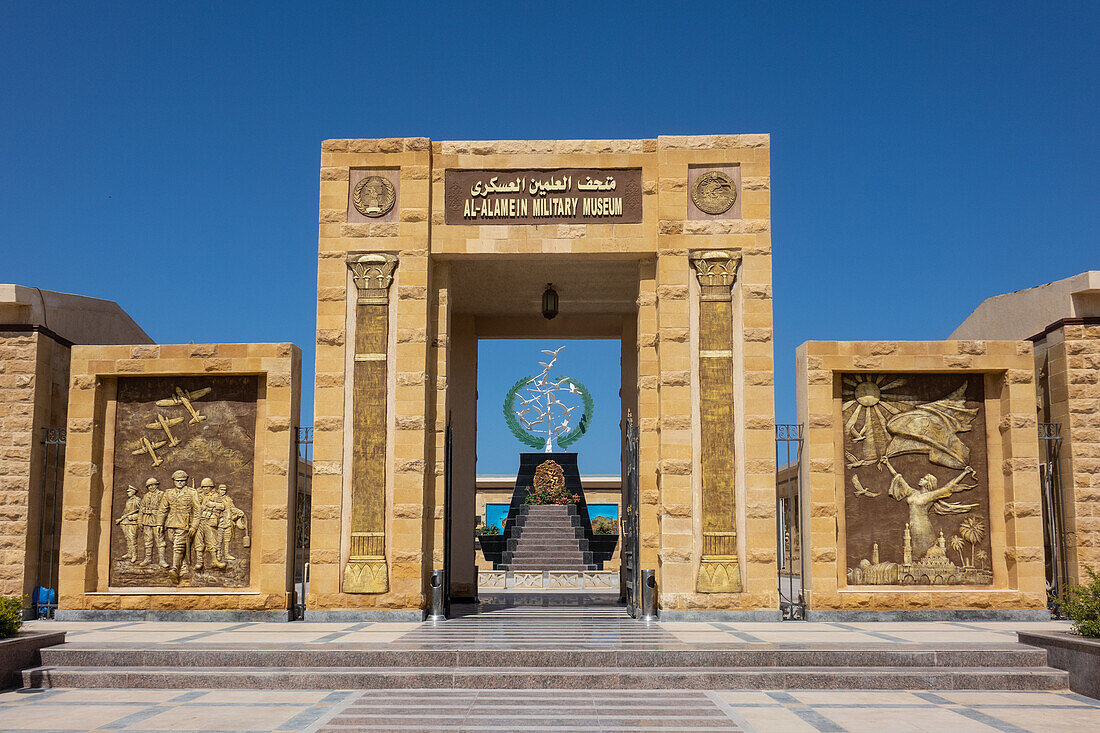
Conclusion: The Lasting Impact of Alamein Museum
Why Alamein is a Must-Visit Destination
Reflecting on my journey through the Alamein Museum, I can confidently say it is a must-visit destination for anyone passionate about history and culture. The museum’s rich collections and immersive experiences offer a unique glimpse into Egypt’s past:
- Diverse Exhibits: From ancient artifacts to WWII displays, there is something for everyone.
- Engaging Experiences: The interactive exhibits and workshops make history accessible and exciting for all ages.
I felt a sense of connection to the past, making it more than just a museum; it’s a heartfelt tribute to those who shaped our world.
Encouraging a Deeper Understanding of Egyptian Heritage
The Alamein Museum plays a vital role in encouraging a deeper understanding of Egyptian heritage. Each artifact tells a story, reminding us of the significance of preserving history:
- Educational Programs: Offering tours and workshops promotes ongoing learning, fostering appreciation for Egypt’s cultural legacy.
- Promoting Unity: Through shared experiences, visitors from diverse backgrounds connect over the rich tapestry of Egypt’s history.
Leaving the museum, I felt inspired to share the stories I had learned, embodying the spirit of connection that the museum nurtures in its visitors.

